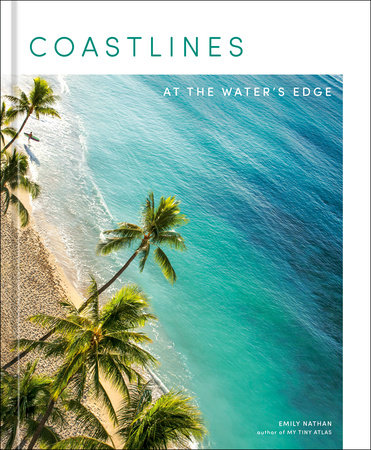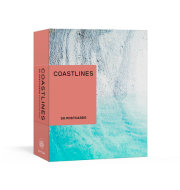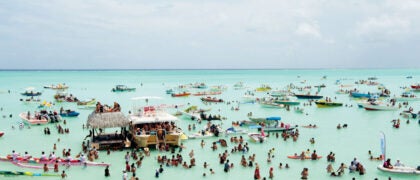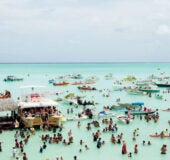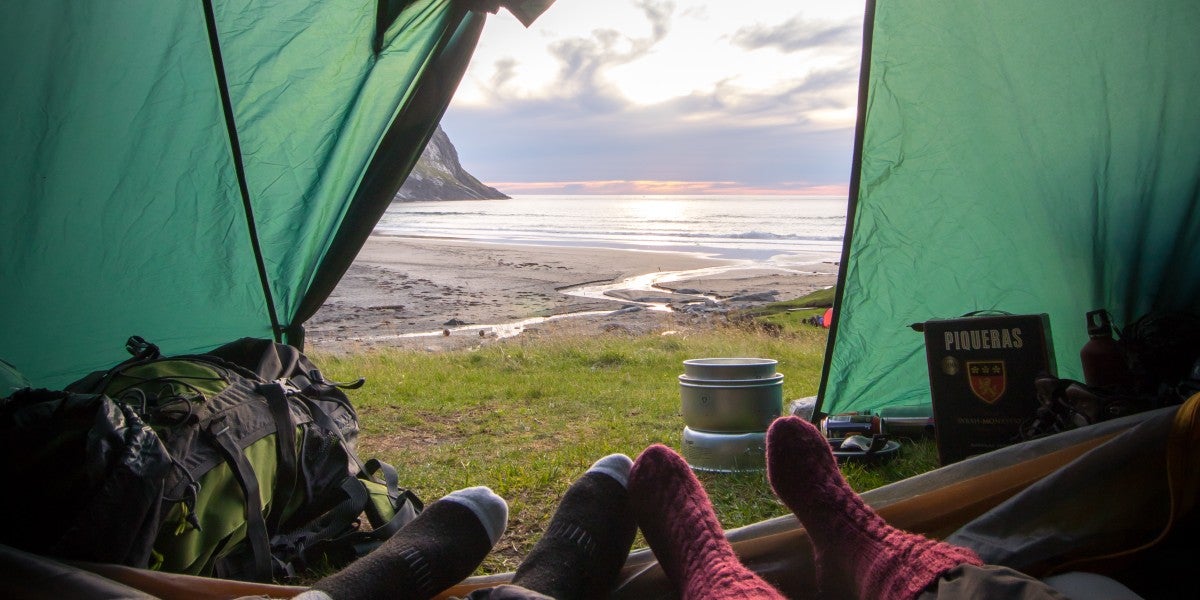IntroductionWater is the source of all life. Constantly cycling from the earth to the sky and back, water both energizes and calms us. Nowhere is that energy more apparent than on our coasts, where the sea is continuously in motion. We come to the ocean as we come to the stars: for forgiveness, for healing, for love, and for joy. We come to spend time with our loved ones and to spend time with our own thoughts. A reset that reminds us of our own elemental and magnetic nature happens when we submerge ourselves in the ocean. We too are moved by the moon, made up of water, and filled with life. From the moment our feet touch the water from the shore, especially after a long journey, we feel that we have arrived home.
We crave the coasts from the deepest part of our beings. We are soothed by the sound of the water, calmed by watching the waves roll in and out. We pine for the smell of salt in the air. For those of us who live near the sea, we find relief when we make our way to the shore and take a break from our work and commitments. Those of us who live far from the water dream of it and long for the next trip that will take us to a coast. Next to the ocean, we take comfort in how small we and our worries can seem.
For photographers and artists, inspiration arrives with the shifting tides, weather, and light on the coast. My first job was teaching sailing at a summer camp, and the best part was that my office was essentially on the water. My view changed daily: the water’s surface calm and blue on a clear day, or black, with wind whipping up white caps on another. Some of the first pictures I took as an artist were made right there as I tried my best to capture the shifting moods. Photographers are drawn to water for reasons similar to those that draw us to faces, for the unending variety and curiosities that we can find there.
When my online travel magazine
Tiny Atlas Quarterly brought a group of photographers to Tahiti and Mo‘orea—a trip organized for people who love travel and photography and sought a taste of adventure the
Tiny Atlas way—everyone who came with us was blown away by the lush, wild beauty that surrounded us. While there, we were fortunate to connect with Liz Clark, a native Californian, and her Tahitian partner, Tahui, who lived anchored off a tiny atoll in French Polynesia. Liz is a sailor, writer, surfer, and environmental activist, and she took our group to a special surf break to experience the beauty of her community on the water. She introduced each person who paddled out to all the other surfers (not something that usually happens in a surf lineup). At the end of our brief time on the islands, filled with gratitude for this experience, Tyson Wheatley, one of the photographers on the trip, asked Liz how we could help raise awareness for that beautiful and fragile ecosystem.
Liz explained what she does; how she tries to make her readers and the people who follow her on social media fall in love with the ocean. To her, this is a way she can inspire people to feel a personal responsibility to protect it. She’s inspired me to make changes and choices in my own life that are better for the planet and the sea. We cannot rejoice in the gifts of the oceans without acknowledging how humanity is taking its toll on them. Rising sea levels, erosion, and many other issues that result from our choices and lifestyles threaten not only our way of life and survival, but the life and survival of all who call the ocean and its coastlines home. While these problems can seem insurmountable, each of us can choose to take responsibility for the oceans and waterways we love, and we can work to mitigate the damage that has been done. With the knowledge we have gained, we can all make a difference by making better choices.
This book is a celebration of the beauty and power of the world’s oceans, and the “How You Can Help” section of each chapter offers a first step for anyone wanting to elevate their love for the ocean into practical steps to protect it. Seeing and experiencing that beauty—in person and in photos—helps us understand and appreciate the majesty of our most important resource and, in turn, to care for it. In her book
On Photography, Susan Sontag wrote, “The most grandiose result of the photographic enterprise is to give us the sense that we can hold the whole world in our heads—as an anthology of images. To collect photographs is to collect the world.” The images in this book are sourced from seashores around the world from more than one hundred professional and amateur photographers. Their images present a patchwork that weaves together a story of our coastlines today, and reminds us of our deep connection to the water.
Copyright © 2022 by Emily Nathan. All rights reserved. No part of this excerpt may be reproduced or reprinted without permission in writing from the publisher.





